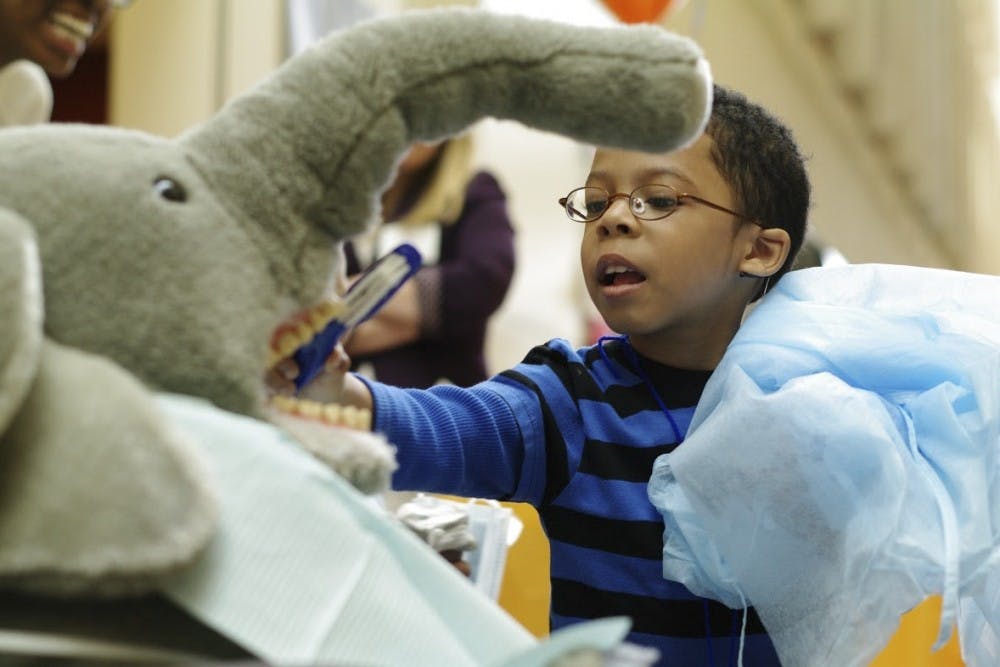The pain of braces is engrained in many student's middle school memories. But future teenagers may remember something different, as two researchers from the UNC School of Dentistry work to develop groundbreaking technology in the field of orthodontics.
Professor Ching-Chang Ko and Christina Jackson are working together to use 3-D printing to create braces without molds.
Instead of taking a mold of the teeth, Jackson and Ko's creation would take a digital scan of the mouth. The data would then be fed into a 3-D printer to create new brackets which would be custom-fit to the patient's mouth.
Ko and Jackson’s system would mean a faster and cheaper process for the patient. The lack of molds cuts the initial cost, and they would not need to be updated constantly. Additionally, 3-D printing brackets take significantly less time to be created than traditional brackets do.
Ko, the chairperson of the department of orthodontics at UNC, knew Jackson would be special when he saw her application to the UNC School of Dentistry. Jackson created the design that the two are using for their research.
“I found Christina very interesting because of her background," he said. "She graduated from MIT mechanical engineering and went to Harvard to get her dental degree. That immediately set her apart from everyone else.”
Ko, who has a Ph.D. in bioengineering, recognized that admitting Jackson to the program would mean someone else in the department would have a background similar to his own.
“We talk in the same language,” Ko said. “We understand the clinic and we understand the engineering aspect of the field.”
Ko said the two are essentially combining braces and Invisalign.




